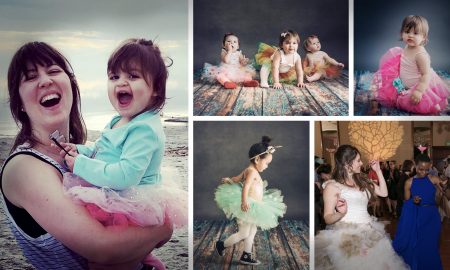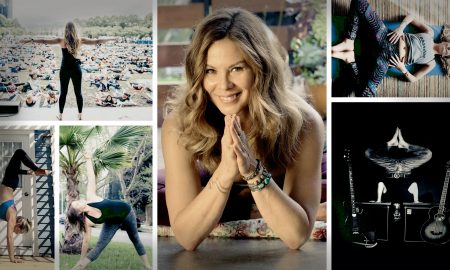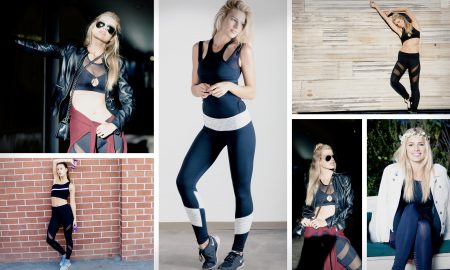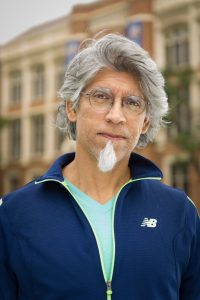
Today we’d like to introduce you to Edward Carreon.
Hi Edward, it’s an honor to have you on the platform. Thanks for taking the time to share your story with us – to start, maybe you can share some of your backstories with our readers.
I began my career with a personal project in Mexico which got me my first newspaper job working for the Anaheim Bulletin, then the Orange County Register, and finally, the Torrance Daily Breeze, where I was laid off in 1994. That was a fortuitous tragedy because it launched my freelance career, and hated working for the Breeze. That is when I became the New York Time’s main freelancer in Los Angeles.
I was a generalist because I did not know any better, nor did I have other photographers to influence my career choices. So, I just shot everything to pay the bills.
Eventually, I shot for every major magazine in the US, and gradually I started to get more commercial jobs. Now commercial work is mostly what I do, though I still do about 12-15 editorial jobs per year.
I’m sure you wouldn’t say it’s been obstacle free, but so far would you say the journey has been a fairly smooth road?
It has never been smooth because I am subject to the ups and down of the economy, but the jobs keep getting bigger and more complex. It is those jobs where I have a lot to lose and many moving parts that I enjoy the most.
An ongoing challenge is doing work that I can do with my eyes closed, so I get bored. I am really good at certain kinds of photography, and that work pays well, but I get bored easily, and that can be fatal to my career. That is why I need the big and complex jobs or super interesting projects to keep me interested in moving forward. I need my work to be challenging, so I can use all my skills sets.
I recently had an extremely challenging job shooting a 25ft tall robotic 3D welder for an aerospace company. It was mainly a huge flat black disc with an arm, and I had never lit something on that scale before. I knew it was theoretically possible and that there were more ways my idea could go wrong than right, so that is when I brought in two assistants that had movies set and car shooting experience that could help me scale my lighting scheme safely.
I understood that if there was one mistake and either of the 25ft light towers with 5,000 wats of power came crashing down, then my tenure with my client would be over, and I could have possibly killed someone. That understanding helped me make very, very careful decisions and calculations, so the project was a huge success. That kind of challenges is what keeps me going.
I have never had any luck marketing, so those efforts have been a waste of time and money. Things began to get easier and more stable once people began to look for me, and since I am one of the top three industrial photographers in Los Angeles, the top corporate photographer, and one of the top healthcare photographers, finding interesting work became easier.
I also suffer from a severe form of insomnia for the last 20 years, so that has made my career even more challenging. It is now getting better, thank goodness.
One of the main challenges growing up in the business was that I did not understand the value of a network and or mentors. They have been critical to my success, but I learned that late in my career. I also have a pronounced case of ADHD which has also made my life more challenging.
Thanks for sharing that. So, maybe next, you can tell us a bit more about your business.
For artists, learning how to talk about money and accurately calculating their value is one of the greatest challenges. I have come by these skill through many trials and error and even now, I still make mistakes and undervalue my work.
I find that NEVER giving a quote over the phone and gauging the client prevents a lot of mistakes. I take the specs of the job and if it is a job I am uniquely qualified for, then I will charge top dollar. If the client is small, then I will be flexible with my rate.
Understanding one’s worth takes time. It is easier for me now than before because I have visible track record, and I am comfortable not knowing how to execute projects because I can figure it out, and I have a network to help with figuring out jobs.
What’s next?
I will buy a drone this year to add to the work I do. I think there is a lot of potential in adding drone work to my tool bag. I don’t have to change my rates but create added value to the client.
Pricing:
- $3,000 Industrial
- $2,800 Industrial
- $300 per hr. for corporate events
- $1,000-$1,500 editorial
- $1,500-$2,5000 architectural
Contact Info:
- Website: www.carreonphotography.com
- Instagram: edwardcarreonphotography
- Facebook: facebook.com/eacarreon
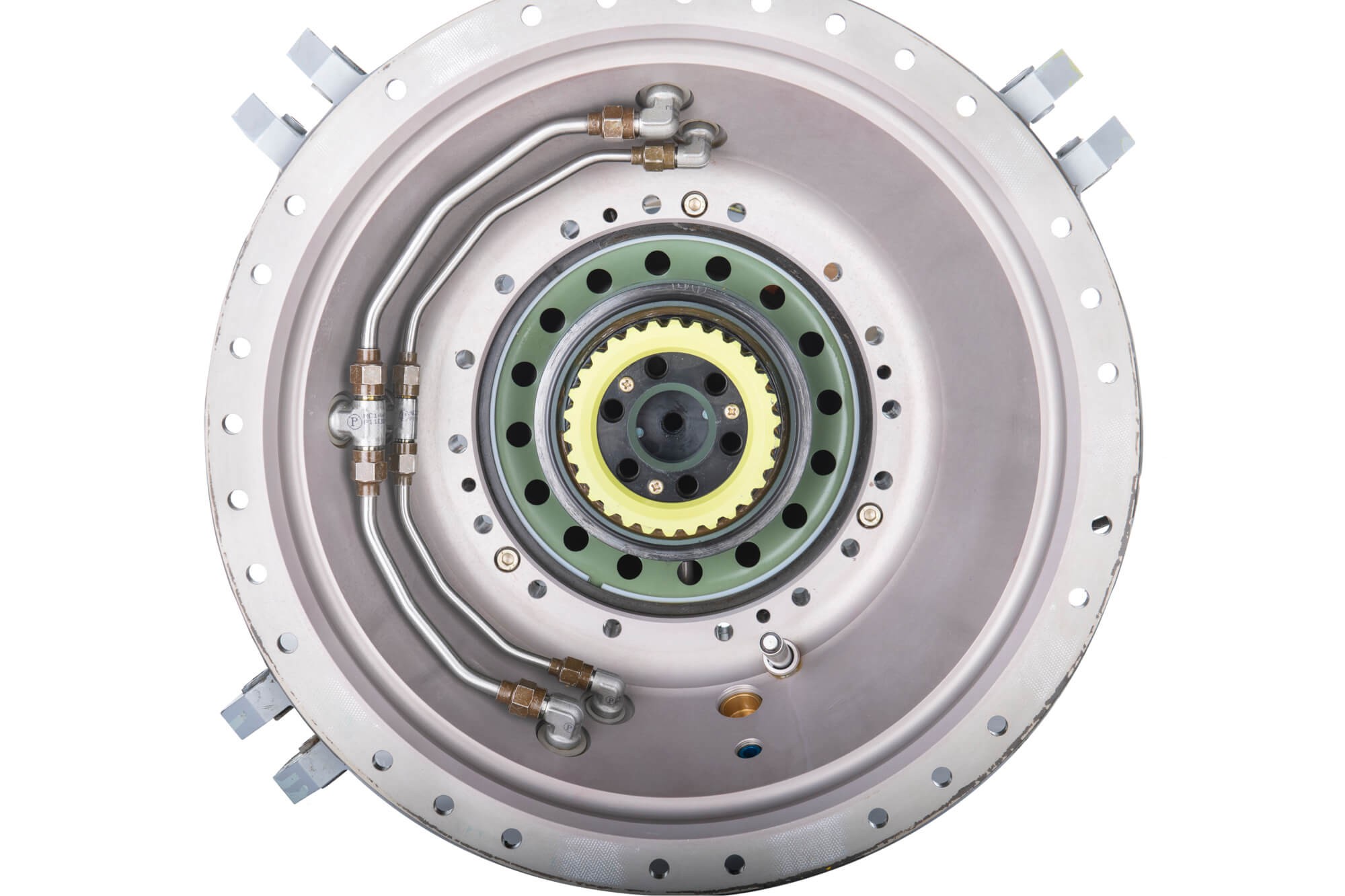


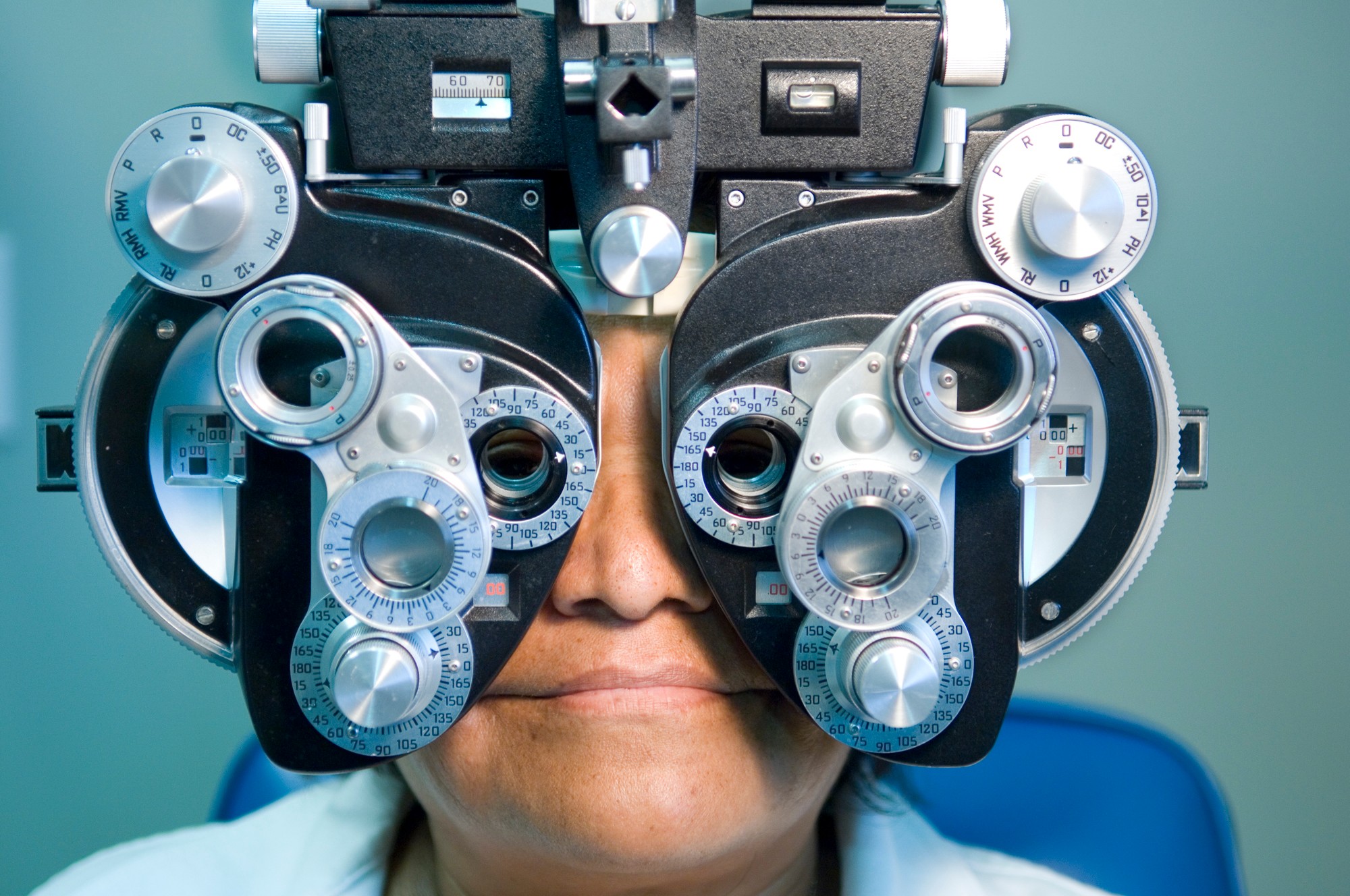
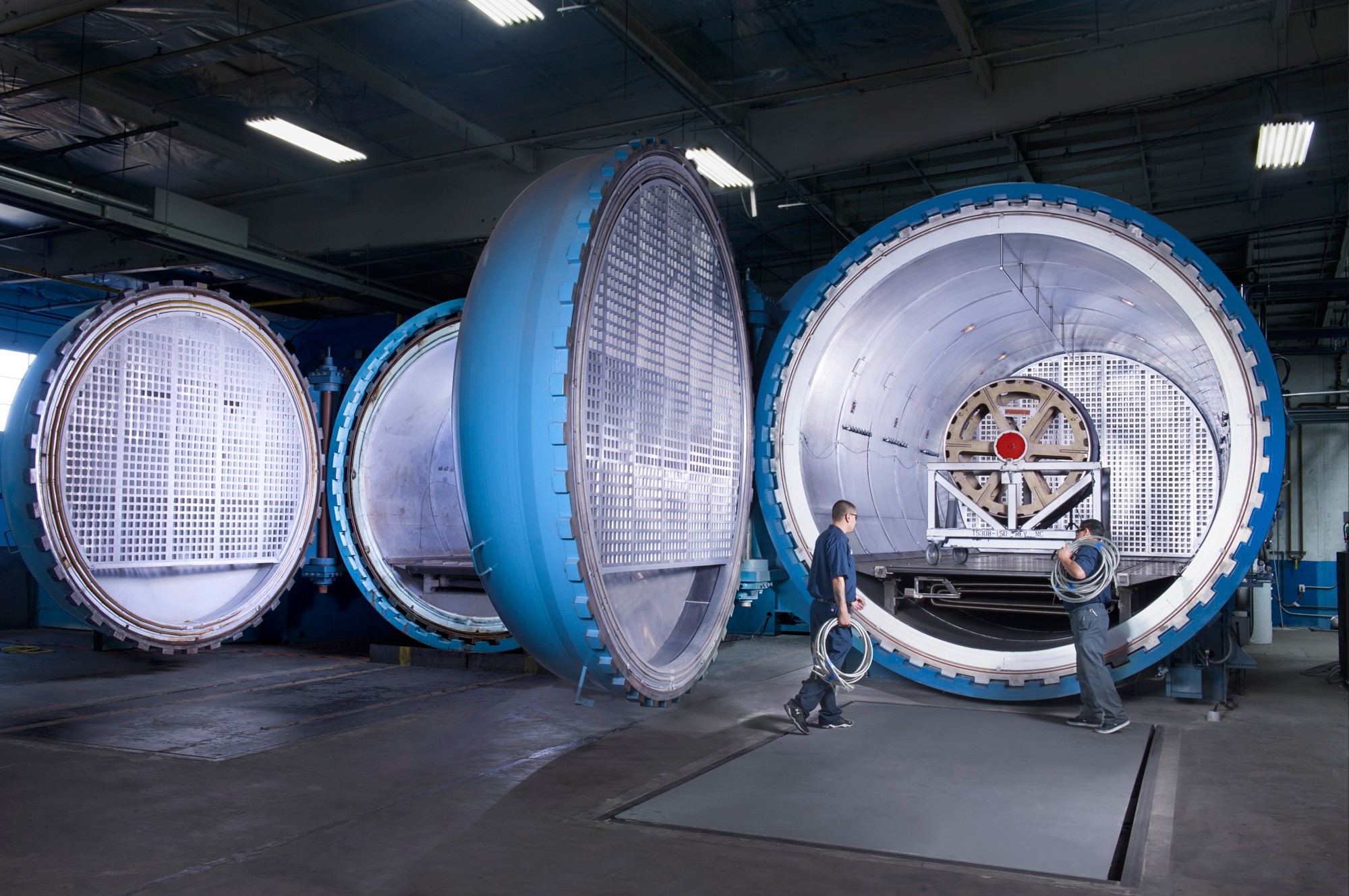

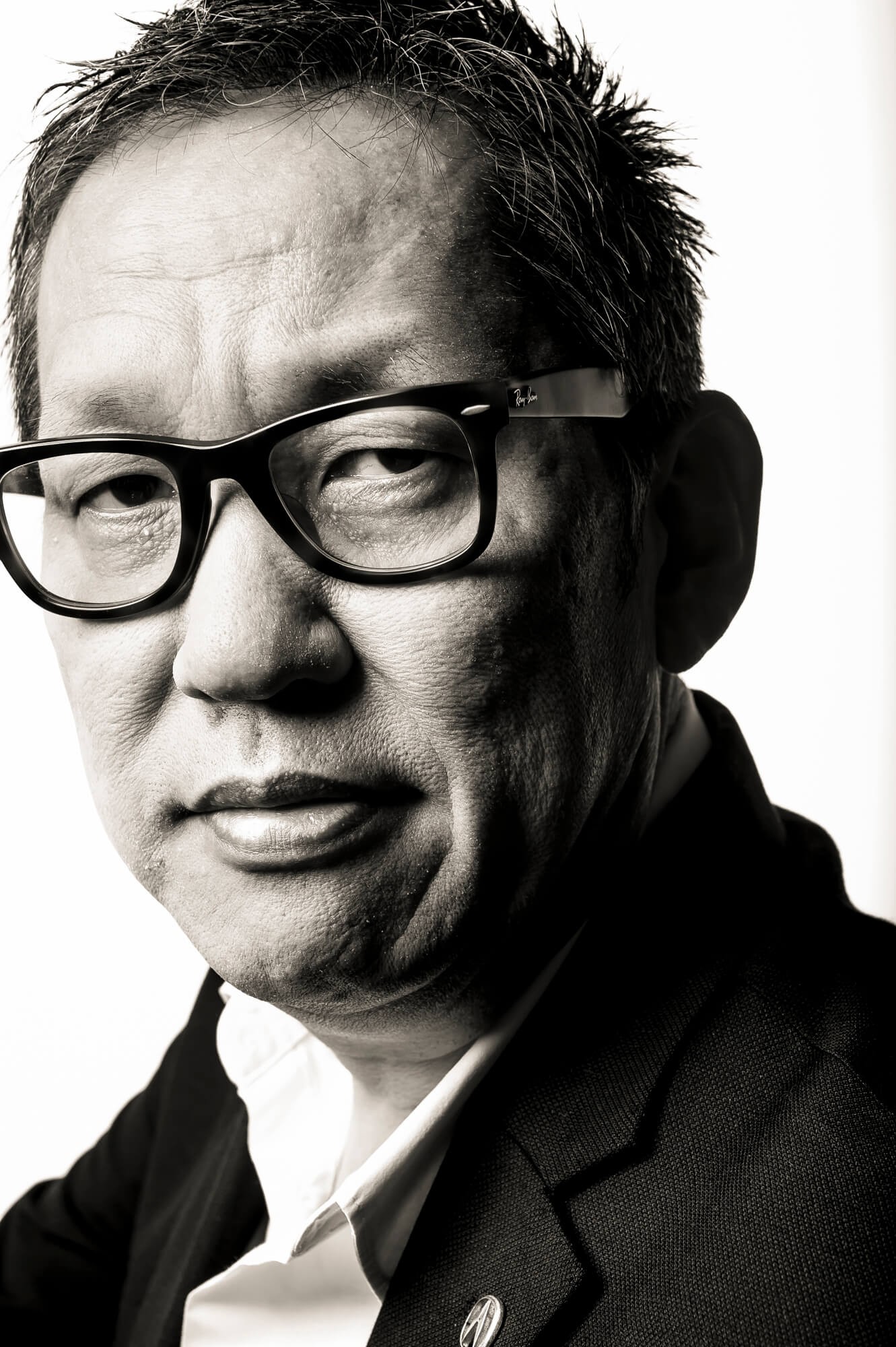

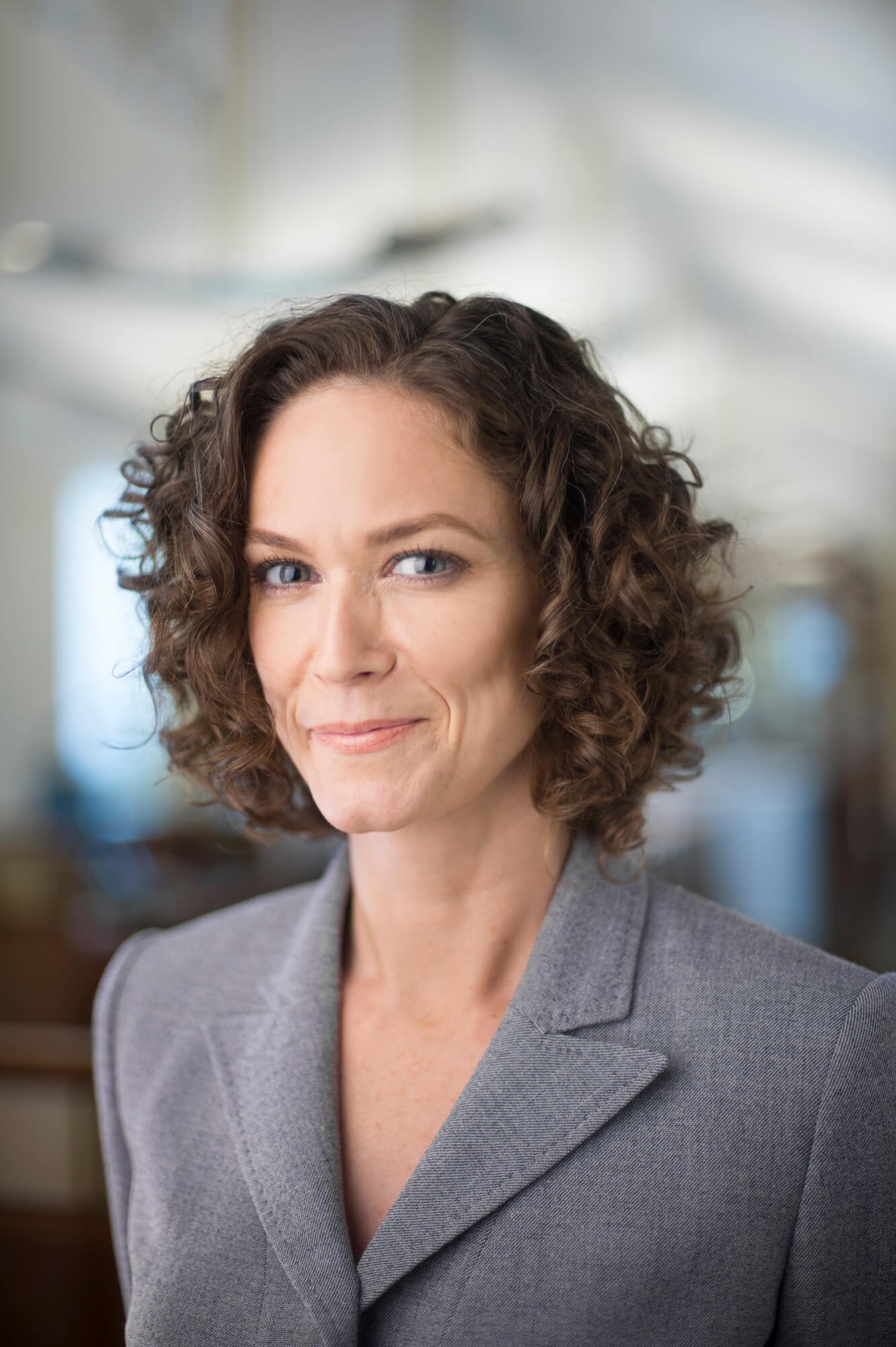
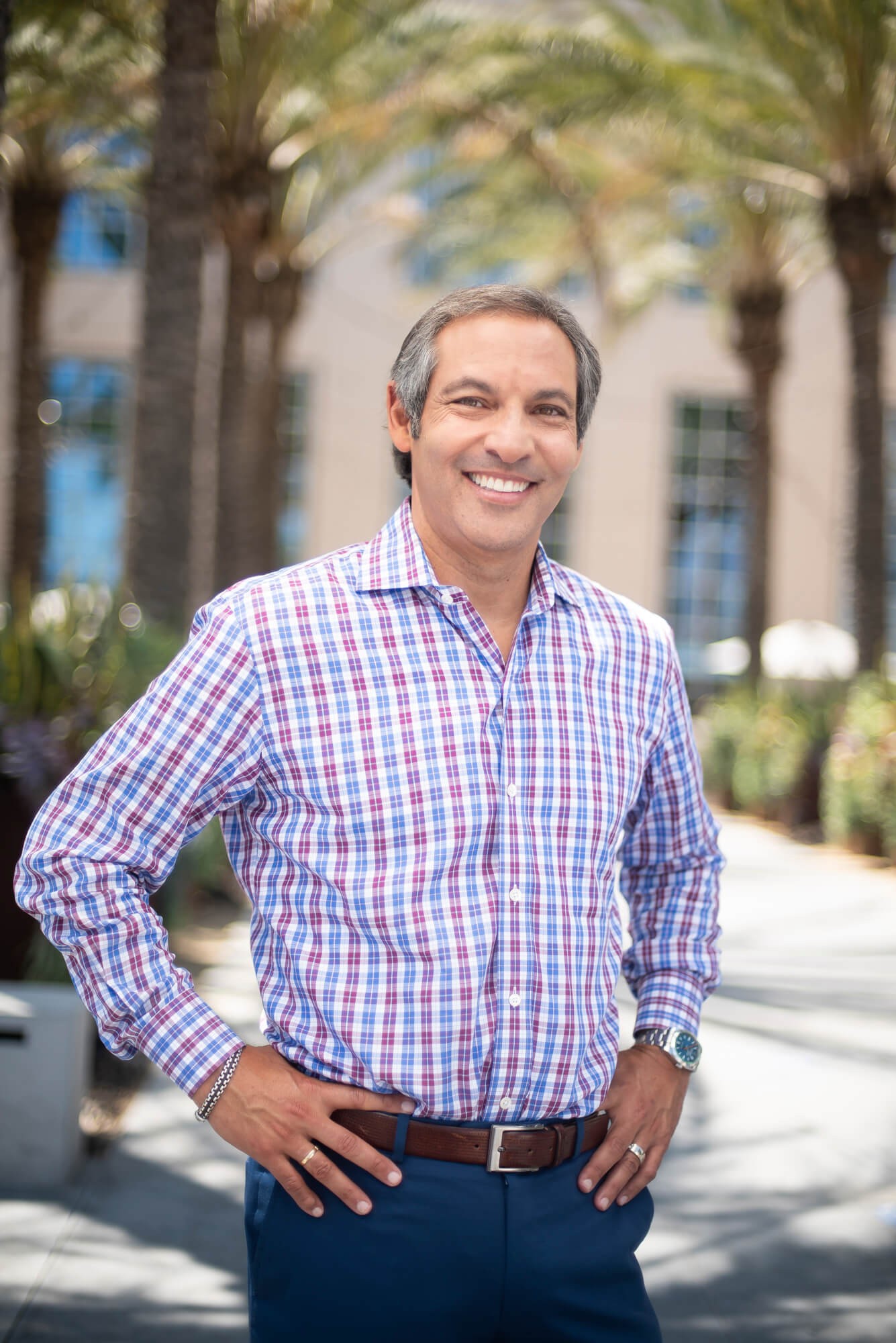

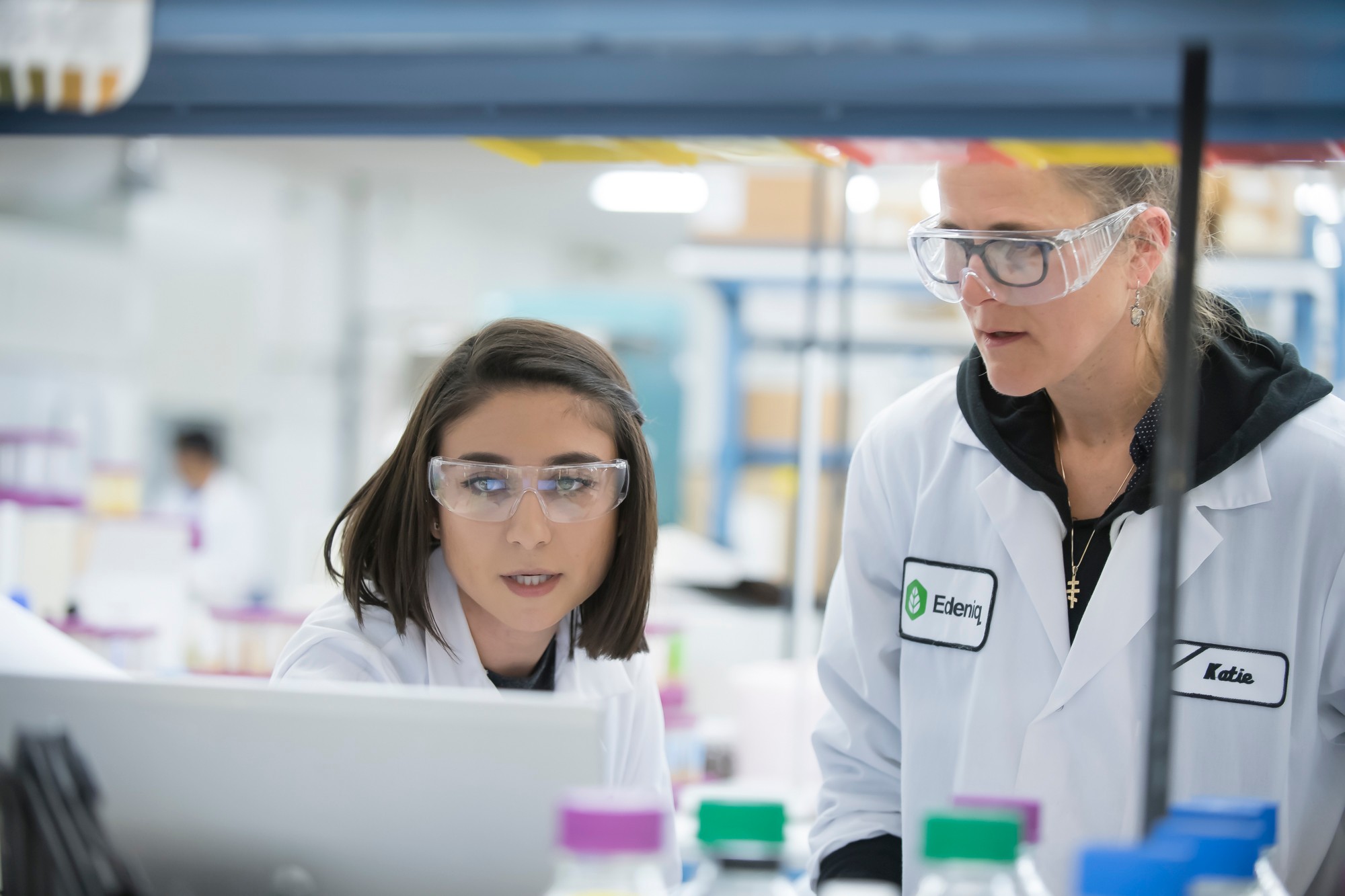



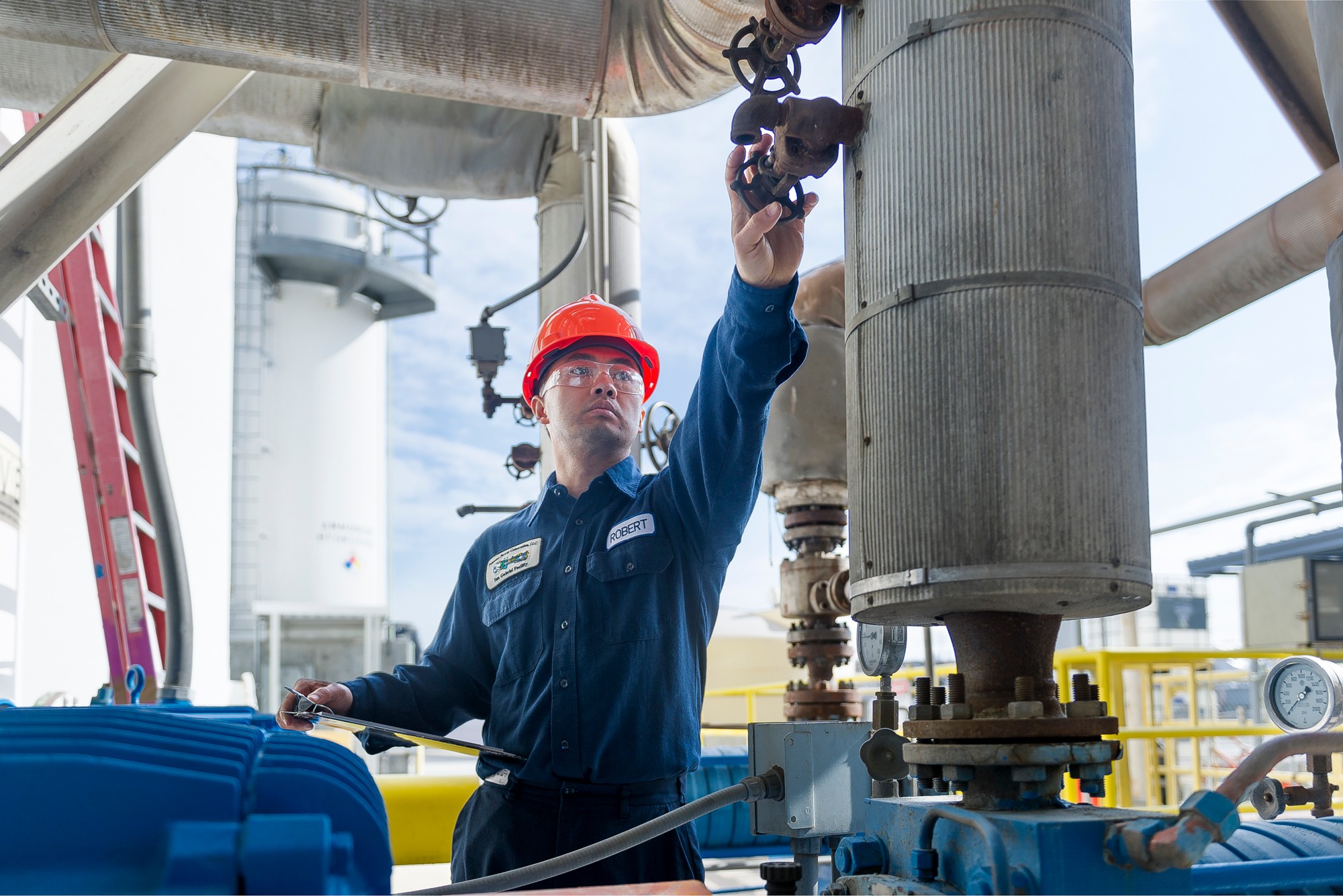


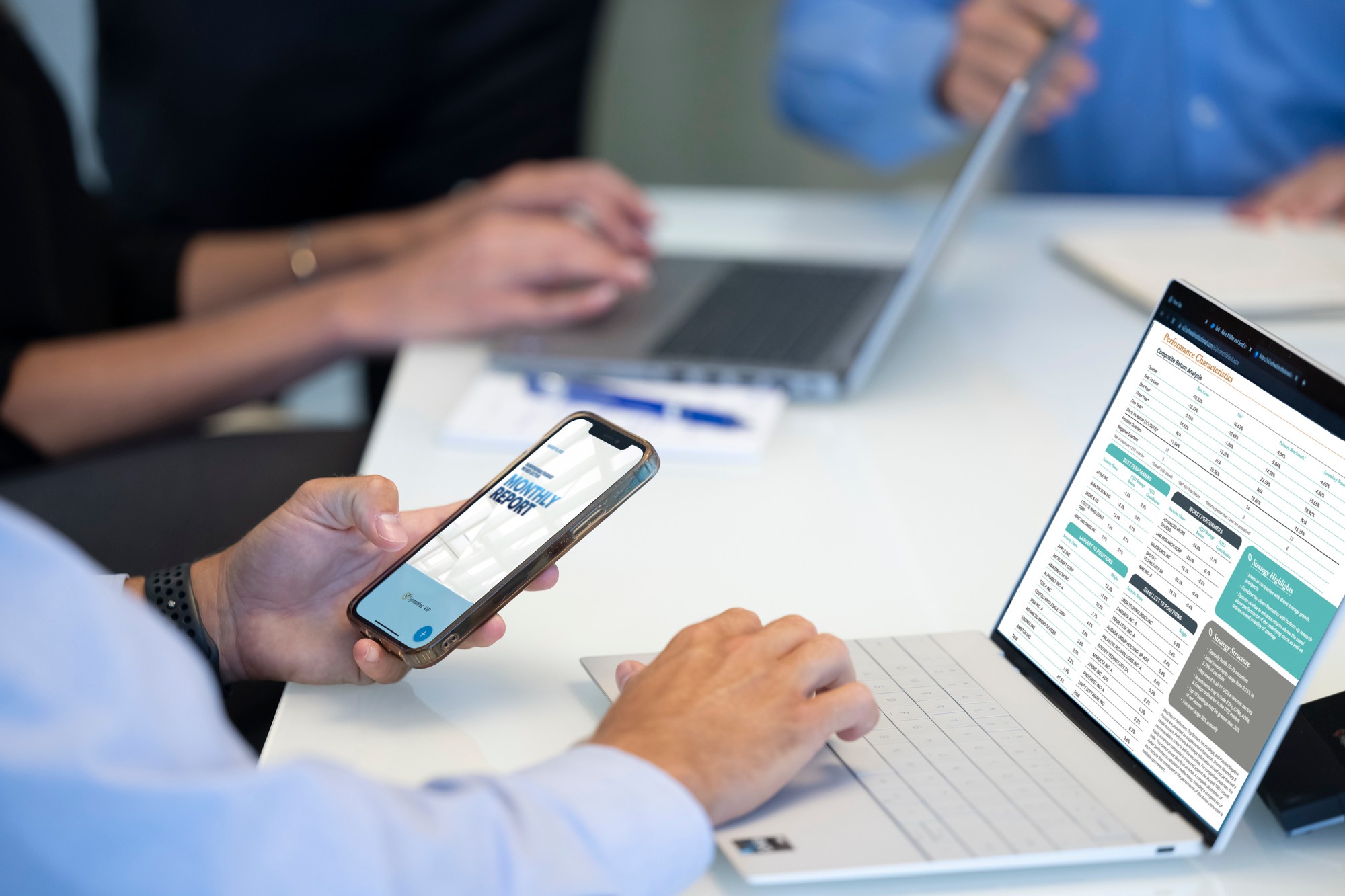

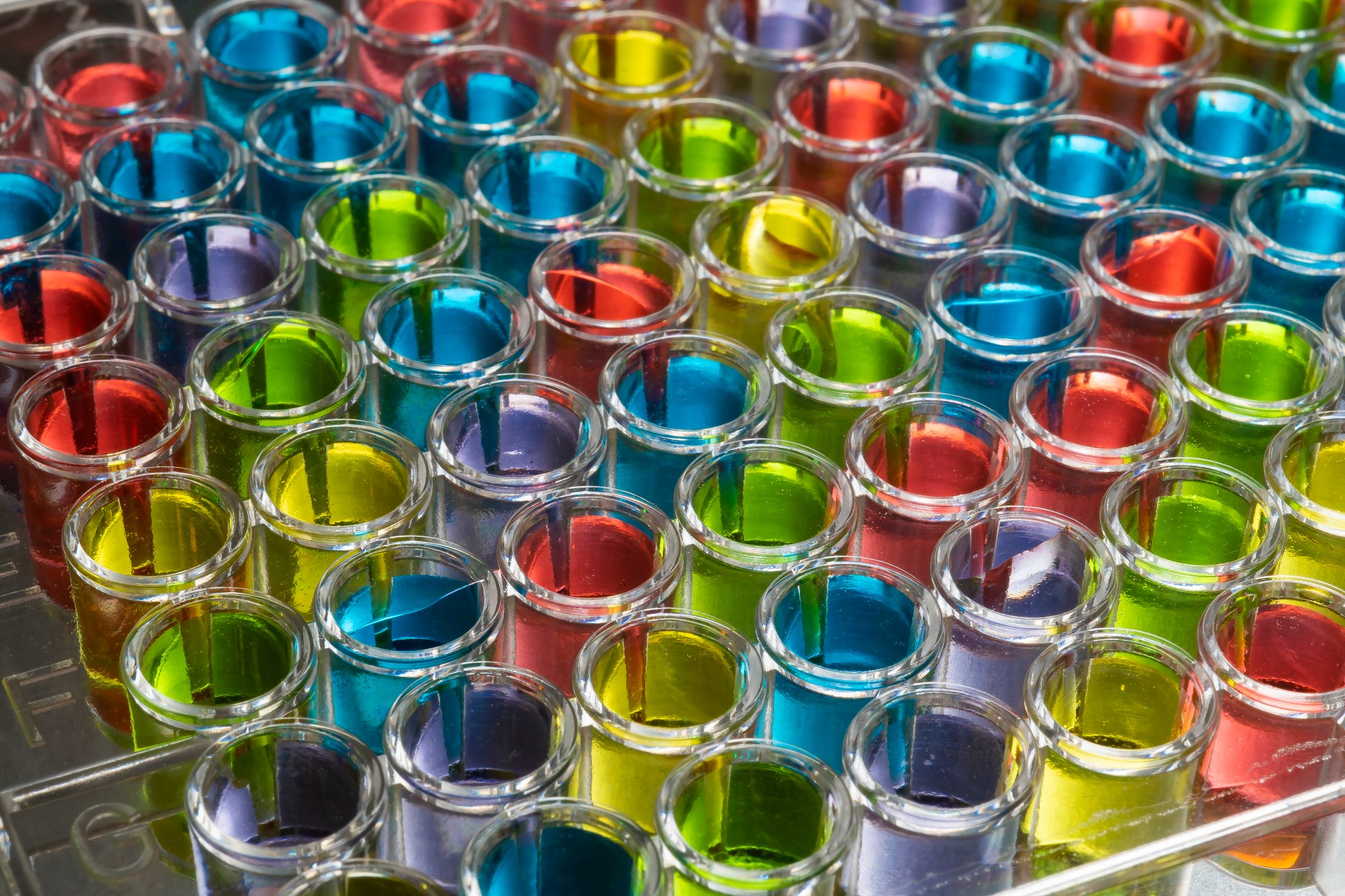
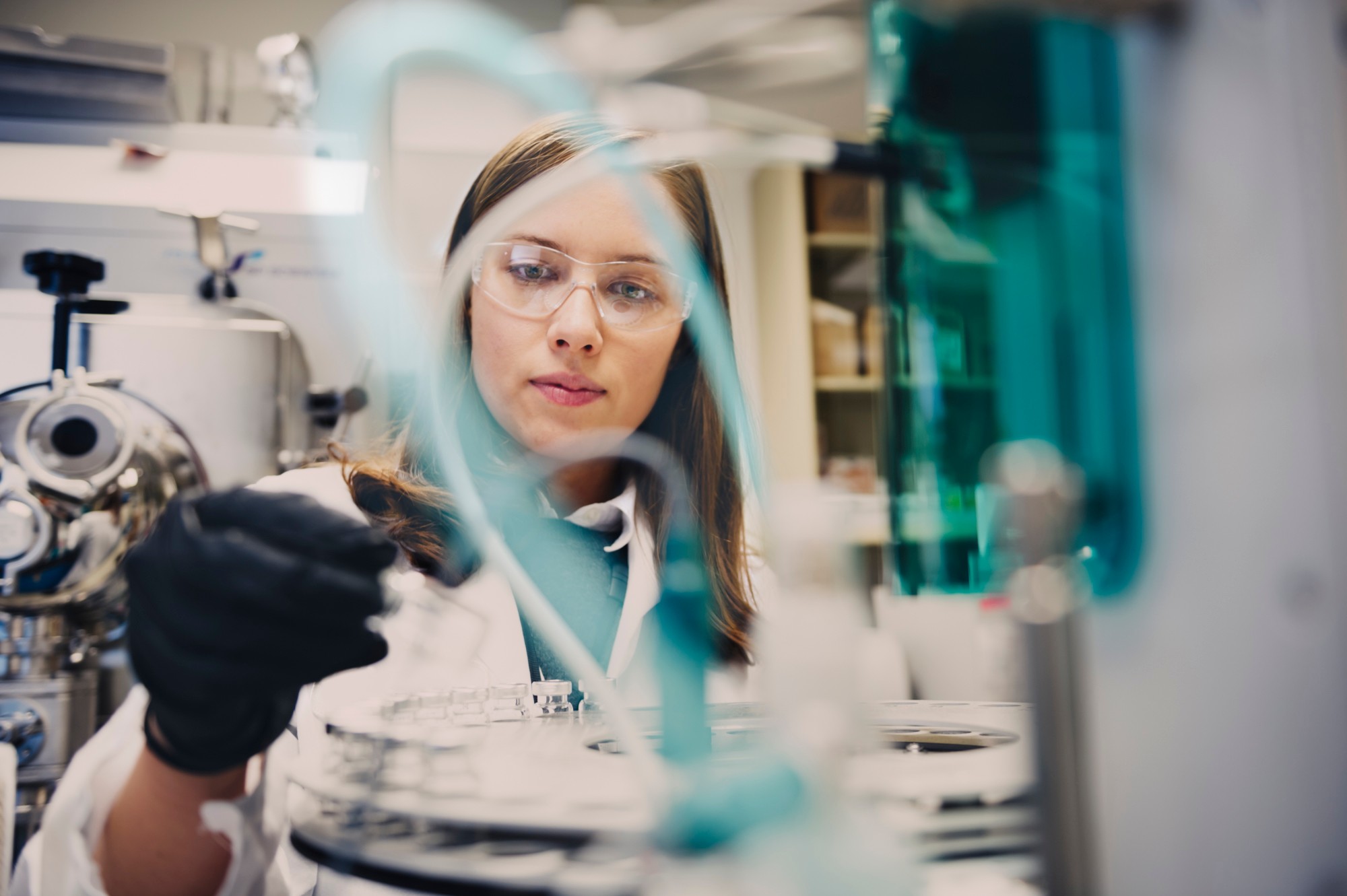


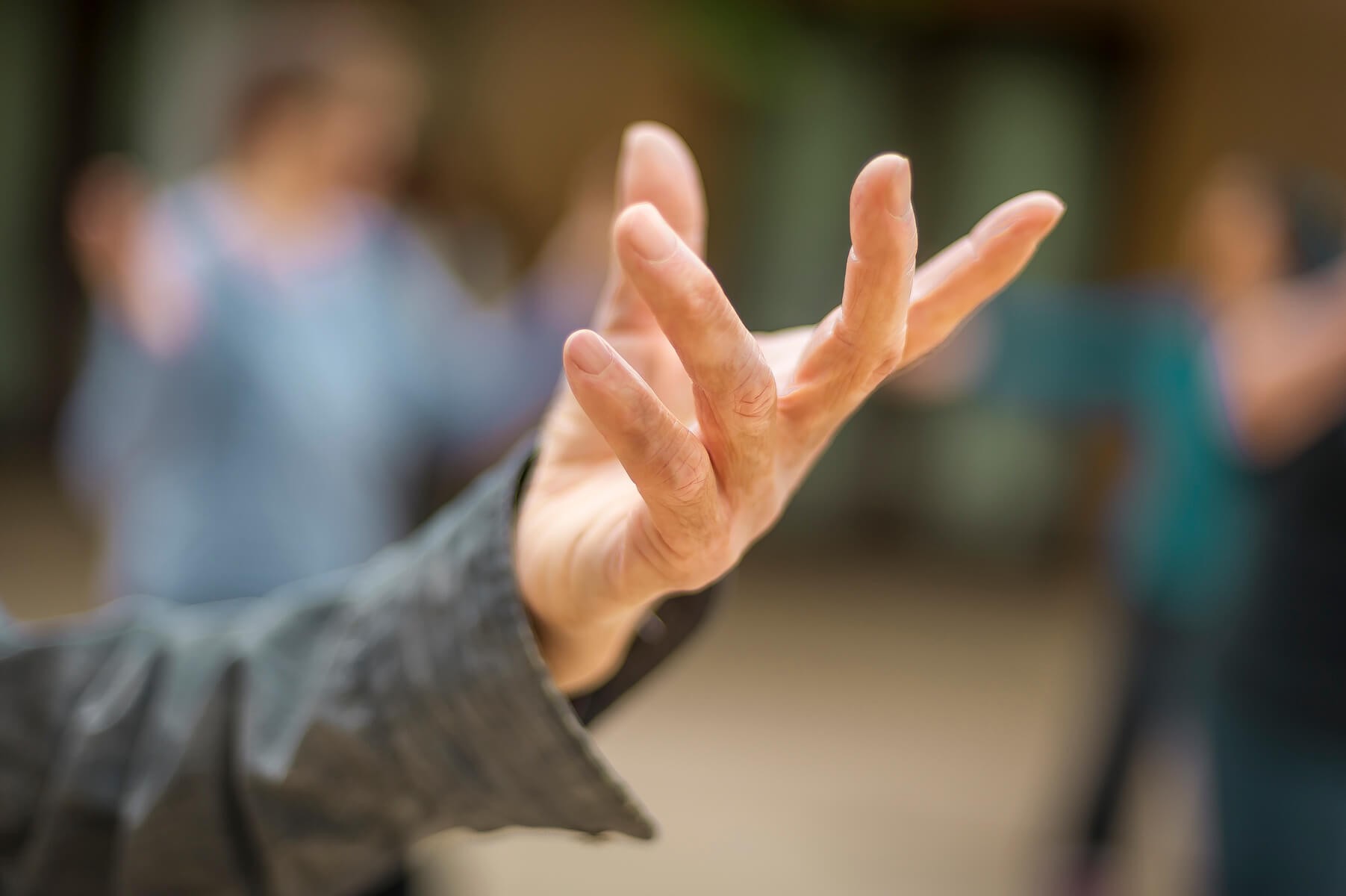



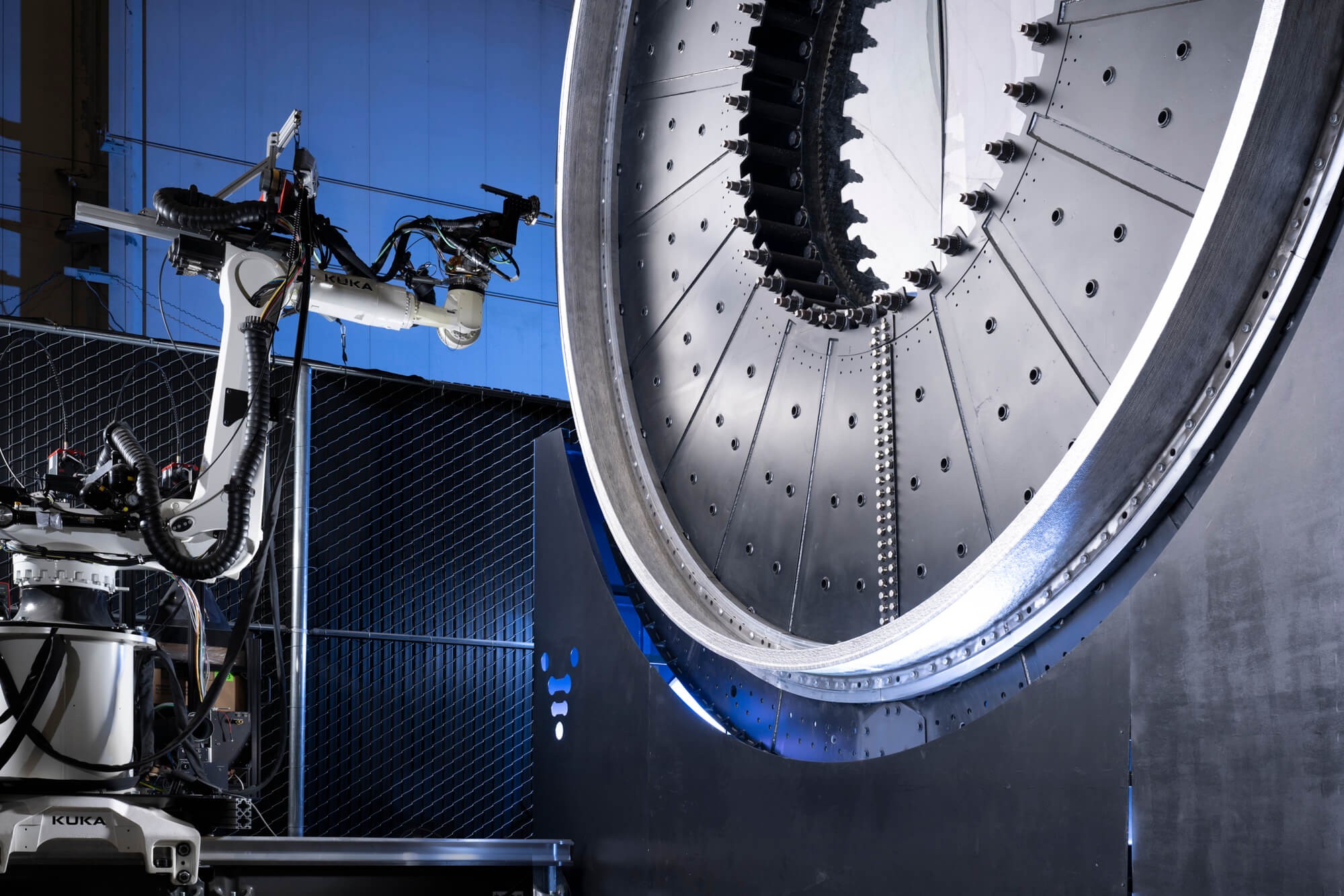

Image Credits
Ed Carreon Photography


